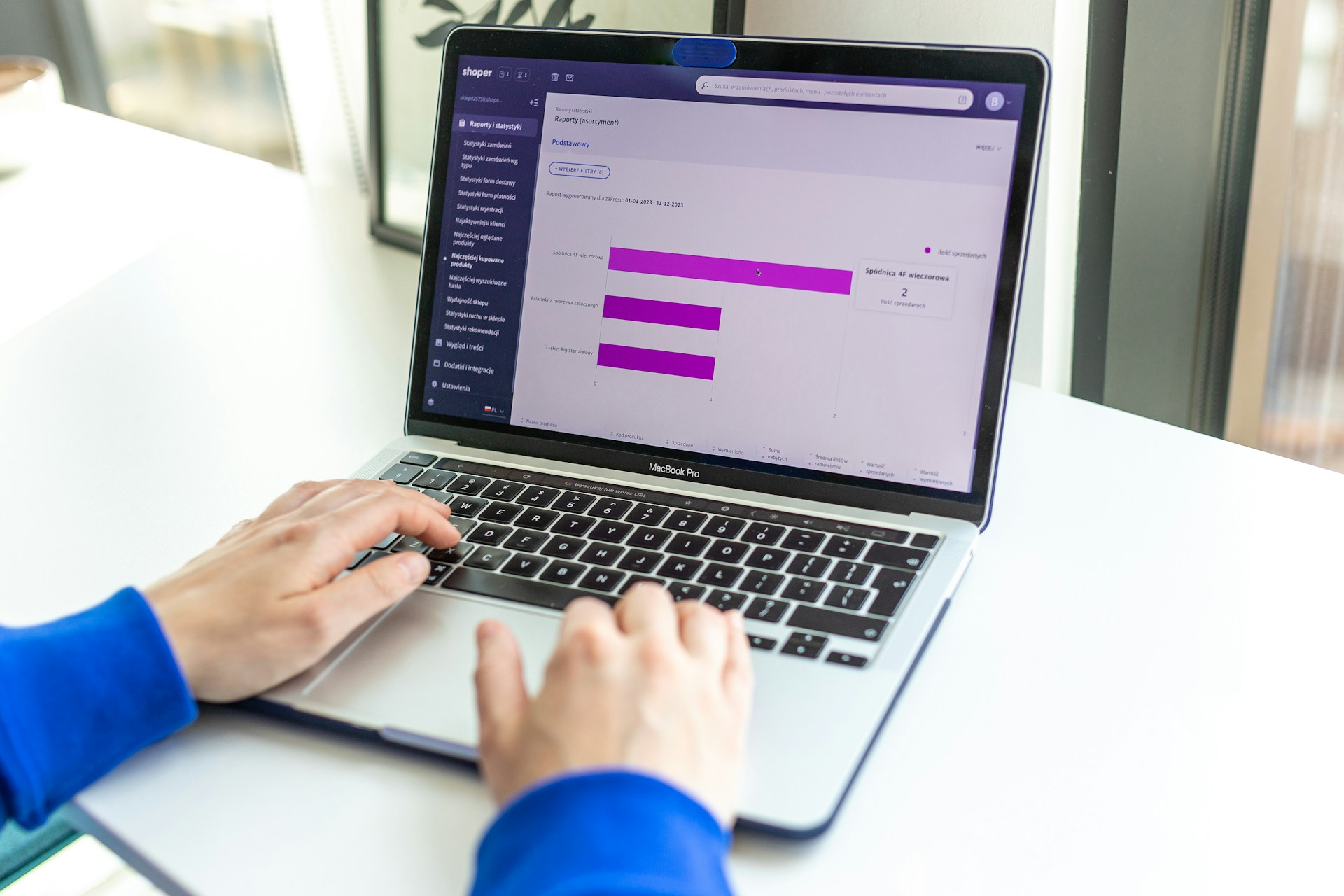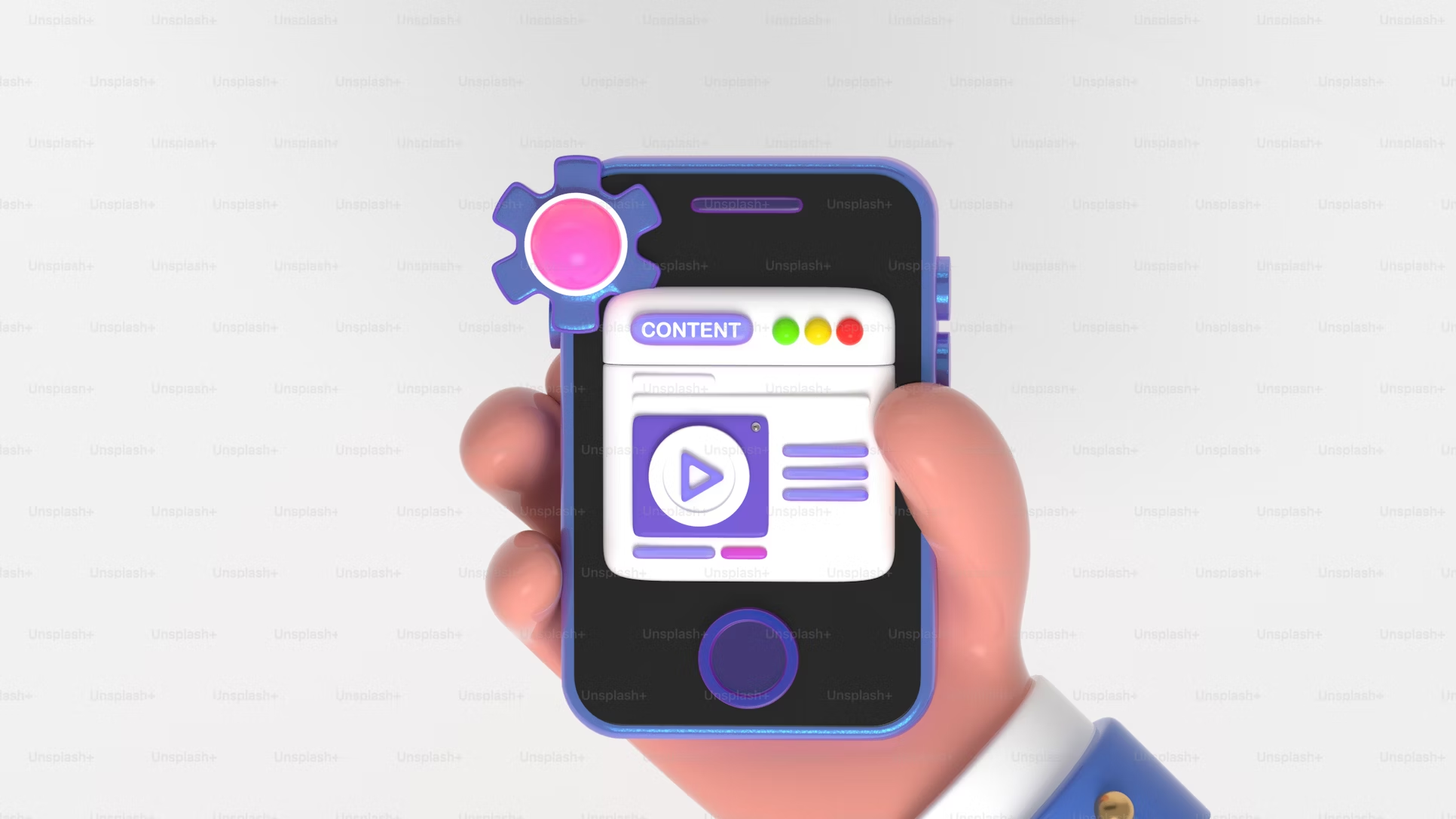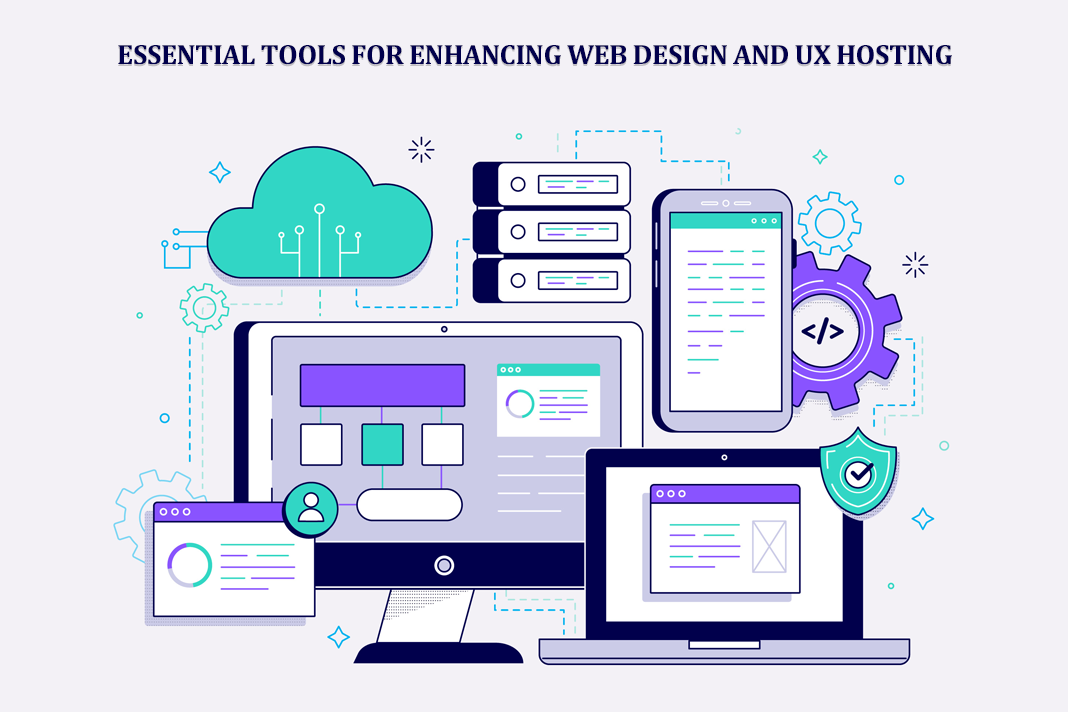4 Essential Things to Know About Web Accessibility
Web accessibility is an important factor in making life easier for people both with and without a disability. Making the website accessible to everyone means that it presents data and information using multiple sensory channels. It allows users to navigate the site beyond the usual pointing and clicking. With full keyboard and voice accessibility, even persons with disabilities can access the website freely and conveniently.
Quick Links
What is web accessibility?
Web accessibility is the design of a website with the aid of tools and technologies to allow all types of users to have full access to the site regardless of disabilities and limitations.
Why do we need accessible websites?
Web accessibility is especially essential nowadays because it allows everyone, including people with long and short-term disabilities to actively participate and access a website. It is the only way for some people to find solutions to their problems and thus improve their life.
The role of web accessibility in today’s society
In today’s society, where everything is available online, it is crucial for every business that operates online to have an accessible website. It is beneficial to the business owners as well as to all its users, including persons with disabilities, older people, people in the rural areas, and people in underdeveloped regions.
Main categories of disabilities
The standards of web accessibility are designed to encompass different types of disabilities. The main categories of disabilities to keep in mind when improving the accessibility of a website include:
- Limited movement
Limited movement may be due to a physical or mental disability or limitation. Some senior citizens also struggle with limited movement. - Neurological & cognitive limitations
People with neurological and cognitive limitations may lack certain skills needed to communicate or participate. - Speech limitations
Speech limitations include those who suffer from speech problems such as articulation, stuttering, voice impairment, or other oral-motor difficulties. - Hearing impairment
Hearing impairments, or hearing disabilities, includes those who are deaf or hard of hearing. - Visual impairment
Color blindness, partial blindness, and complete blindness are all examples of visual impairment.
Features that Support Digital Accessibility
During the last decade, life has been increasingly digital. Therefore, digital accessibility is vital in order to provide services and products to the widest variety of customers. Many people are reliant on different kinds of digital products and services. Implementing these three features that support digital accessibility makes life a lot easier for everyone.
- Increased contrast and font legibility
Increased contrast and font legibility pertains to using colors with sufficient color contrast and functional font choices. - Improved semantic markup
Semantic markup is a good sign of digital accessibility. It allows the use of correct tags for increased search engine optimization (SEO) discoverability. The semantic tags make it clearer to users and visitors what information the website provides. - Improved keyboard-only navigation
Improved keyboard-only navigation allows keyboard-only users to reach information on the website without the use of the mouse. Some people find it difficult when using a mouse to access the content of a website. Fortunately, digital accessibility makes mouse-less website navigation possible with tabbing and keyboard-focus indicators. - Improved web accessibility supports SEO
SEO greatly benefits from improved web accessibility as well. By implementing web accessibility aligned with SEO, more users will find the site user-friendly and easy-to-navigate. A few examples of accessibility supporting SEO are:
- Better user experience
Web accessibility and SEO provide a better experience to all users. Clear headings, descriptive link texts, and alternative text on images allow users to comprehend the information better. For example, assigning alt tags with descriptive alternative text for images helps a visually impaired person to understand what is depicted in the images. - Lower bounce rate
A lower bounce rate means an increased conversion rate. Web accessibility and SEO are proven to be the most efficient way to reduce bounce rate. If the bounce rate is high, it means that visitors are not enticed or engaging with your website. SEO helps to improve the content’s readability and reduce the bounce rate. - Higher conversions
A higher conversion rate shows that visitors successfully converted a click into a purchase. It indicates that more people are responding positively to your marketing strategy, whether it’s by submitting survey forms, subscribing, engaging with online chat features, or registering on the website. Accessible interface controls such as these increase site conversions. - Less negative feedback
With user-friendly site navigation, comprehensive web content and images, fully functional web design, and the right information, negative feedback from unsatisfied customers will be reduced.
Conclusion
There are countless benefits to maximizing your website’s accessibility. An accessible web site makes life easier for customers, especially for those who have limitations and disabilities, to use the website as intended. As accessibility improves, more customers are reached and the conversion rate is increased. If you want your business to grow and become successful, give web accessibility a priority and provide your customers and visitors a better experience.
Author Bio
David Gevorkian
David started Be Accessible because of his passion for website accessibility and ADA compliance. He spent much of his career working for financial institutions creating websites and mobile applications. He earned his Master’s in Business Administration from Salve Regina University in Rhode Island. David is an advocate for creating web interfaces usable by all people. He enjoys recording music and playing soccer with friends.
How to Use AI-Powered SEO Tools for WordPress eCommerce
SEO is a critical factor in the success of any e-commerce WordPress store. As competition…
0 Comments11 Minutes
Why Short-Form Videos Are the Future of Content Marketing
Your Instagram customers spend over 50% of their time watching short-form videos and reels. Rather…
0 Comments12 Minutes
The Role of Digital Marketing in Business Growth
Online marketing touches every aspect of a business, whether it is initiating the idea or for an…
0 Comments3 Minutes
AI Meets Authenticity: Balancing Automation and Human Touch in Content Marketing
Is your brand starting to sound like a robot? In a world where algorithms write faster than any…
0 Comments8 Minutes
Essential Tools for Enhancing Web Design and UX Hosting
Have you ever visited a website that felt slow, clunky, or confusing? A website that is poorly…
0 Comments11 Minutes
How a Mini Cart Transformed My Store’s Shopping Experience
Okay, real talk—running an online store is hard. You think you’ve got everything figured out, you…
0 Comments9 Minutes
Balancing Your Security Initiatives With Industry Compliance Requirements
Managing a business today comes with a number of daily battles that need to be fought. Resources…
0 Comments11 Minutes
Best plugins to enhance the customer shopping experience
Customer experience is a key part of every online store. A good experience helps customers find…
0 Comments7 Minutes








